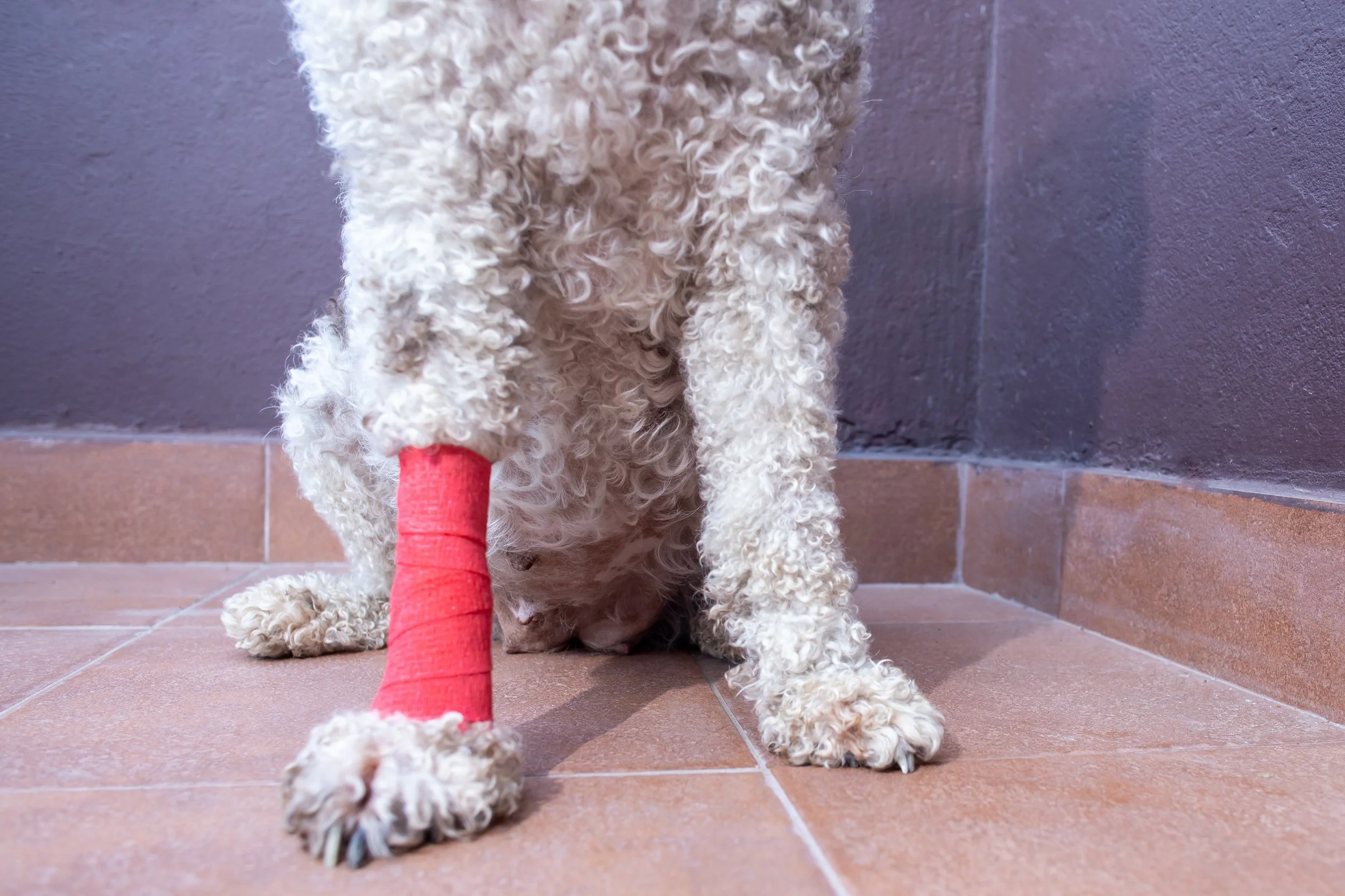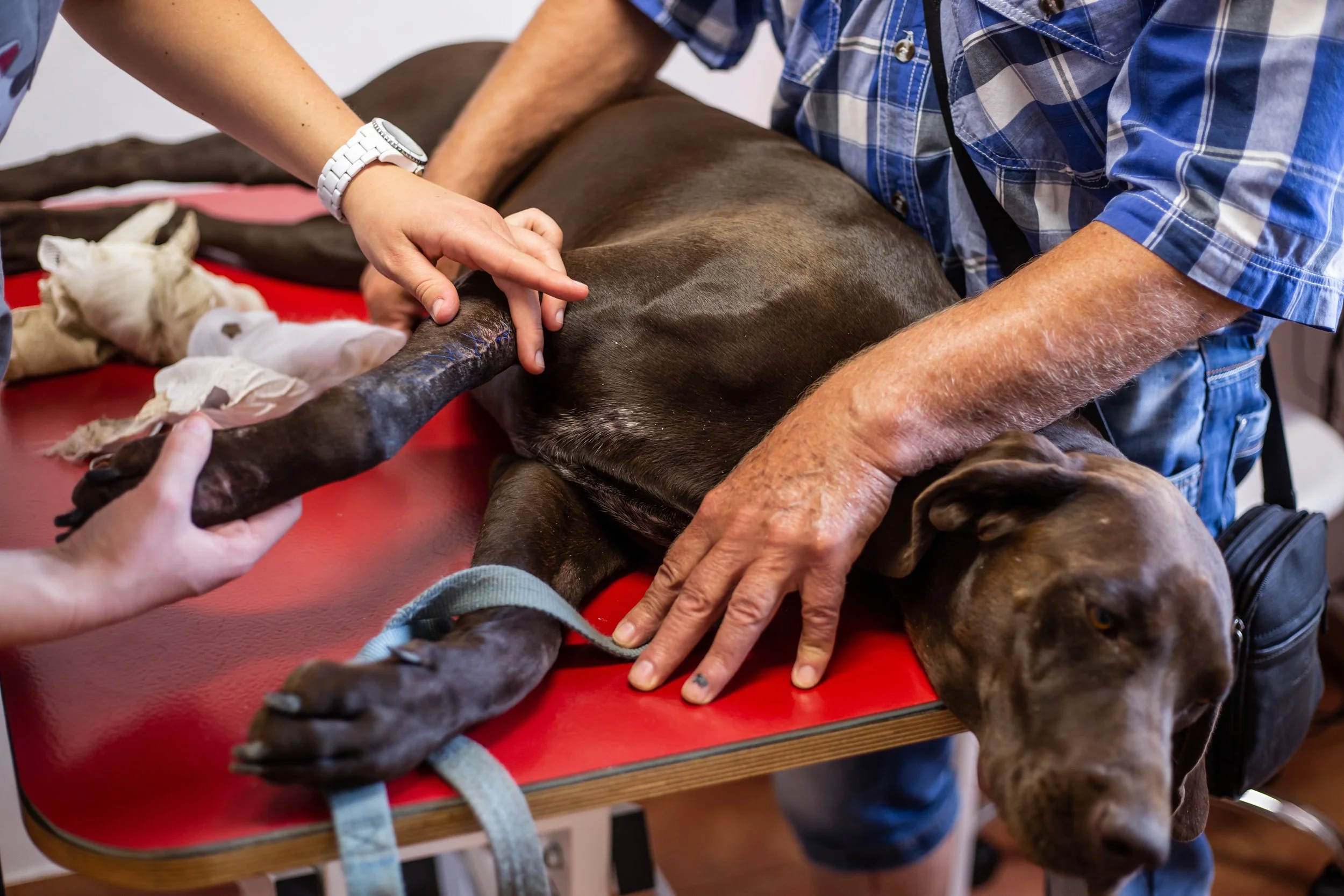Broken (Fractured) Bone Surgery For Dogs: What to Expect
When a dog suffers a broken bone, it can be a distressing experience for both the pet and the owner. Depending on the severity of the fracture, surgery may be required to restore your dog's mobility and overall well-being. Understanding what to expect during the process can help alleviate some of the anxiety and prepare you for the recovery process.
Types of Dog Bone Fractures
Dog bone fractures can vary in type and severity. Some common types include:
Simple Fracture: A single, clean break that may not require surgery.
Compound Fracture: The bone pierces through the skin, requiring immediate surgery to prevent infection.
Comminuted Fracture: The bone is shattered into multiple pieces, often necessitating complex surgical intervention.
Growth Plate Fractures: Often seen in puppies, these fractures affect the soft areas at the ends of growing bones and typically require specialized treatment.
Dog Bone Fracture: When is Surgery Necessary?
Surgery is often required for more severe dog bone fractures, such as compound or comminuted fractures. If the bone cannot heal properly on its own, surgery becomes essential to align the bones, stabilize the fracture, and ensure the dog regains normal function.
The veterinary surgeon will determine whether surgery is needed based on:
The location of the fracture (e.g., legs, hips, or spine).
The type of fracture (simple vs. complex).
Your dog's age and overall health.
The Surgical Process
The surgical process usually involves several key steps:
Anesthesia: Your dog will be put under general anesthesia to ensure they are asleep and pain-free during the operation.
Fracture Repair: Depending on the type of fracture, the surgeon may use metal plates, screws, pins, or rods to stabilize the bones. In some cases, external fixation (where devices are attached outside the body) is used.
Closing the Incision: After the bone is stabilized, the surgeon will close the incision with sutures or staples.
Post-Surgery Monitoring: Your dog will be closely monitored as they wake up from anesthesia to ensure there are no immediate complications.
Post-Surgery Care
The recovery period after surgery is just as important as the surgery itself. Expect to follow a detailed care plan that includes:
Rest and Restricted Activity: Your dog will need strict rest to allow the bone to heal. This often means crate rest or confinement to a small area for several weeks.
Follow-Up Appointments: Regular follow-up appointments are essential to monitor healing progress. X-rays may be taken to ensure the bone is healing correctly.
Wound Care: You may need to clean the surgical site and check for signs of infection (e.g., redness, swelling, or discharge).
Medications: Pain medications, anti-inflammatories, and antibiotics may be prescribed. Follow the vet’s instructions carefully to avoid complications.
Physical Therapy: Once the bone starts healing, your vet may recommend gentle physical therapy exercises to help restore mobility and strength.
Potential Complications
While most surgeries go smoothly, there are potential risks, such as:
Infection: The surgical site must be kept clean to avoid infections.
Implant Failure: In some cases, the metal plates or pins may shift or break, requiring additional surgery.
Delayed Healing: Healing times can vary, especially in older dogs or those with underlying health conditions.
Nerve Damage: Rarely, nerve damage can occur during surgery, potentially leading to weakness or loss of function in the affected limb.
Recovery Timeline
The recovery period for broken bone surgery typically ranges from 6 to 12 weeks, depending on the dog's age, the type of fracture, and the surgical procedure used. During this time, your dog’s activity will need to be closely monitored and restricted to prevent reinjury.
Long-Term Prognosis
With proper care, most dogs recover fully from broken bone surgery and regain normal mobility. However, factors such as the severity of the fracture and your dog’s age may affect long-term outcomes. In some cases, dogs may develop arthritis in the affected joint, requiring ongoing management.
Cost of Broken Bone Surgery
Surgery for broken bones in dogs can be costly, often ranging from $1,500 to $5,000 or more, depending on the complexity of the procedure. If you don’t have pet insurance or you’re looking for more affordable options, contact MexiVet Express. We have access to some of the best doctors in Tijuana, Mexico that offer most vet services at a fraction of what you’ll get quoted in the states. We’ll connect you to our vets, get you quotes to compare prices and take your dog to-and-from Mexico. Compare prices here.







